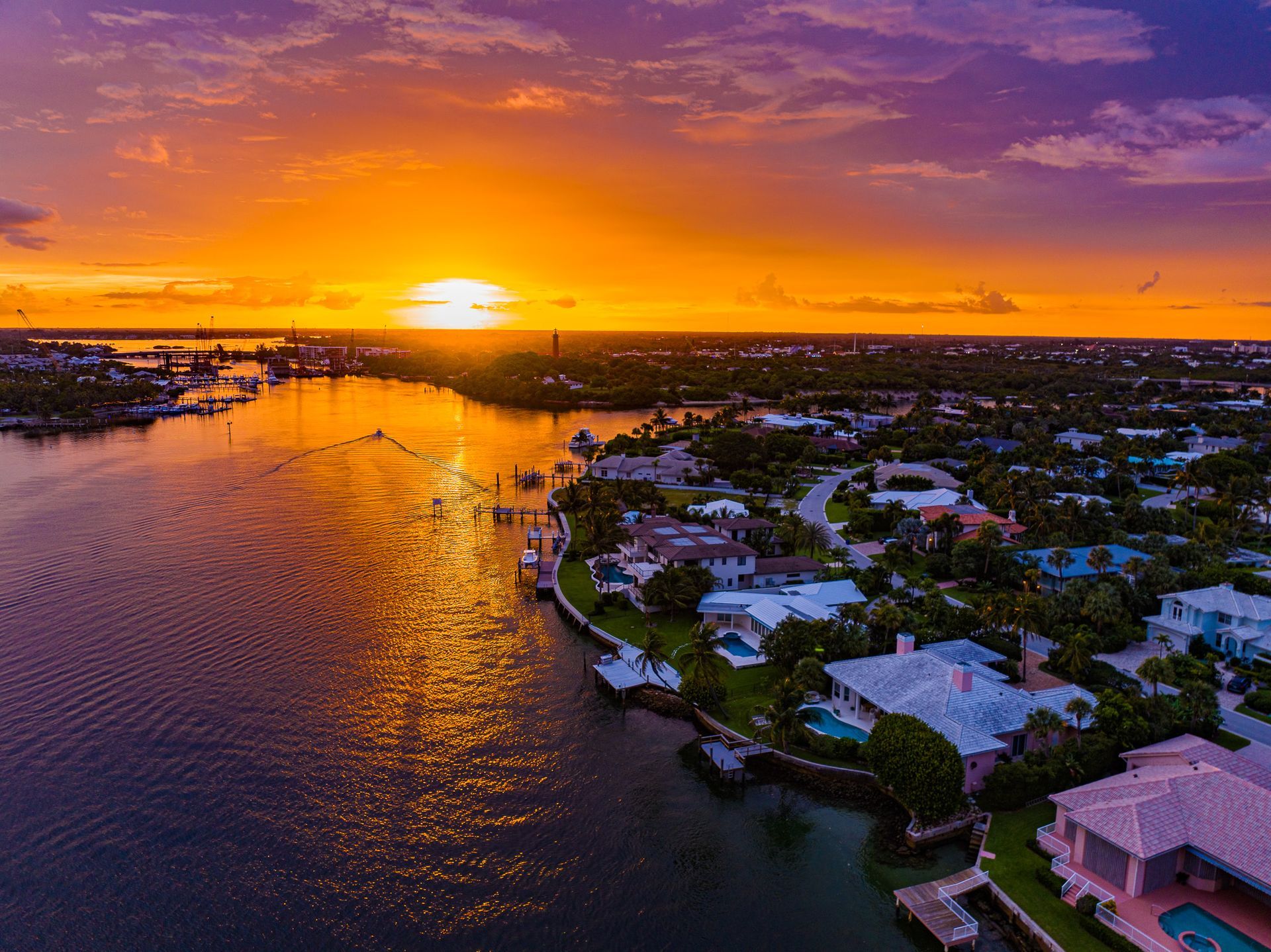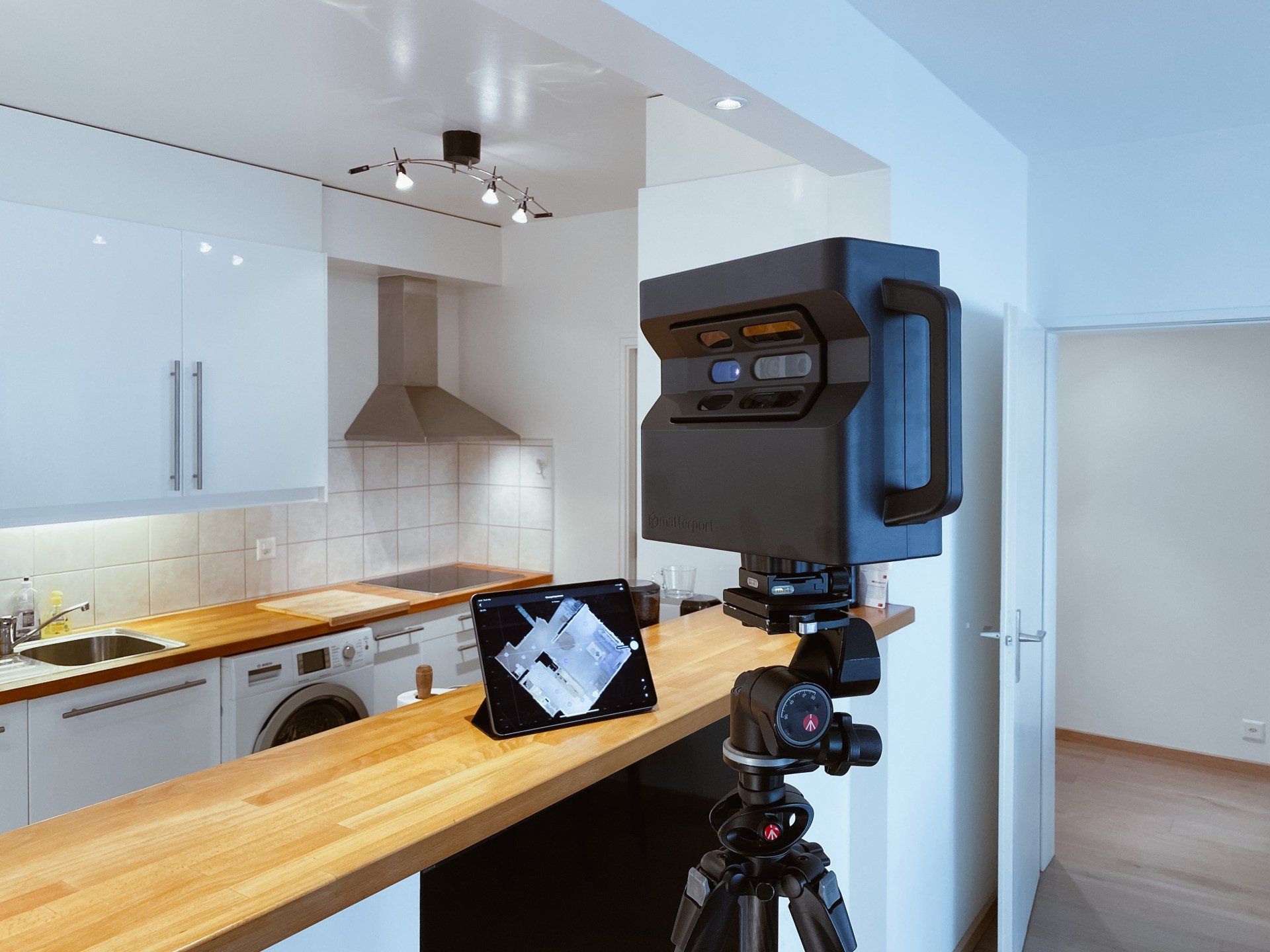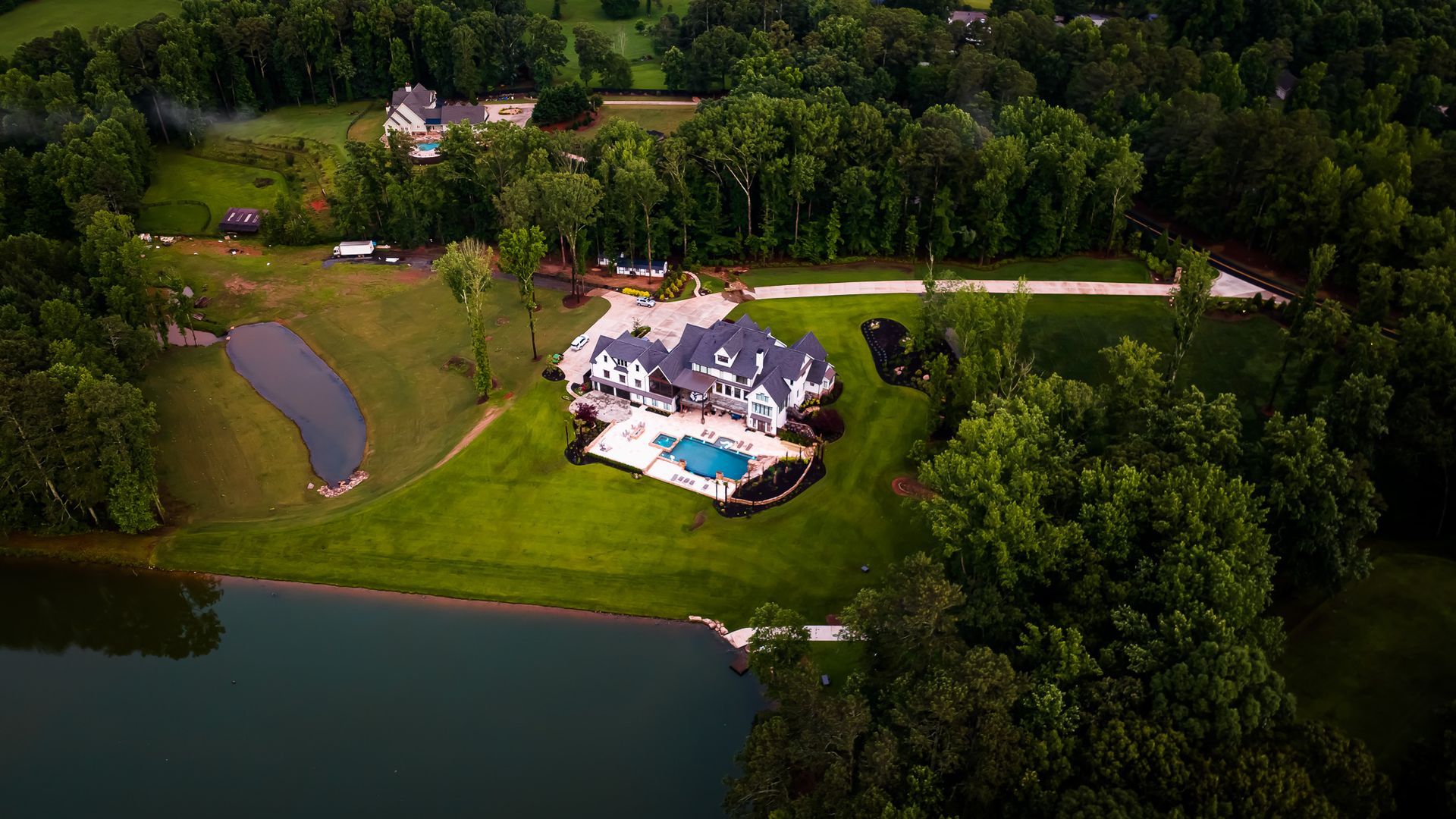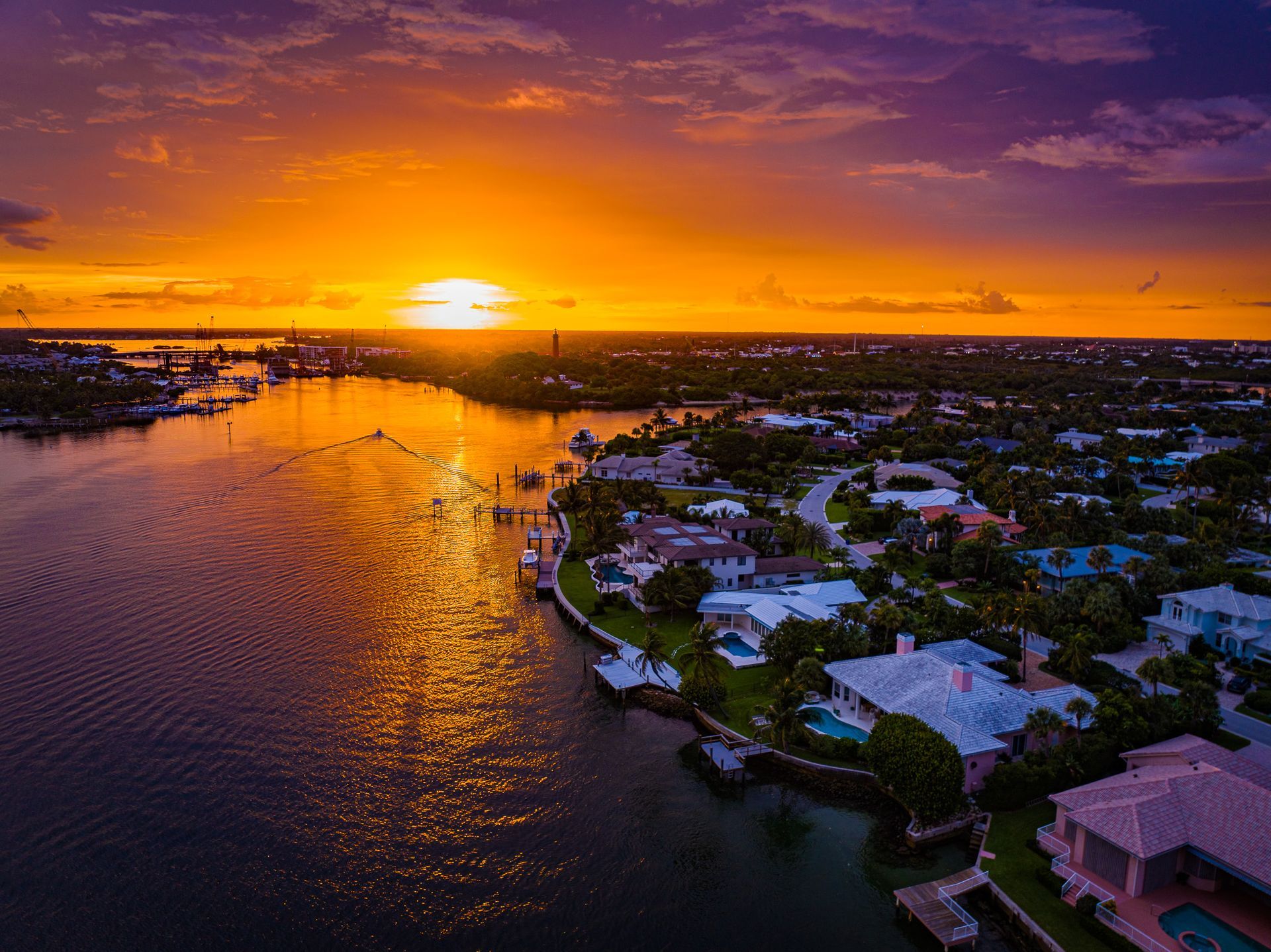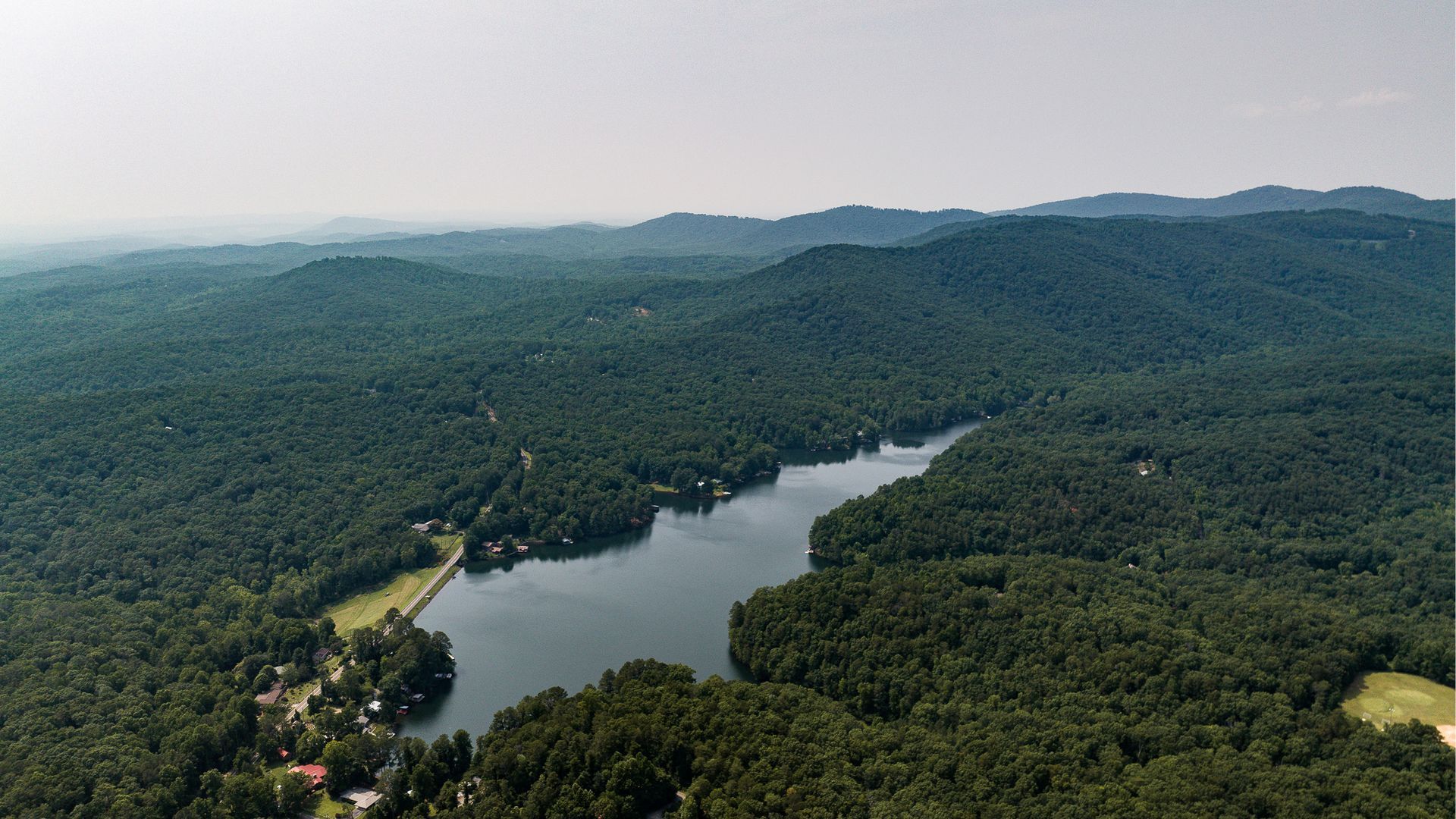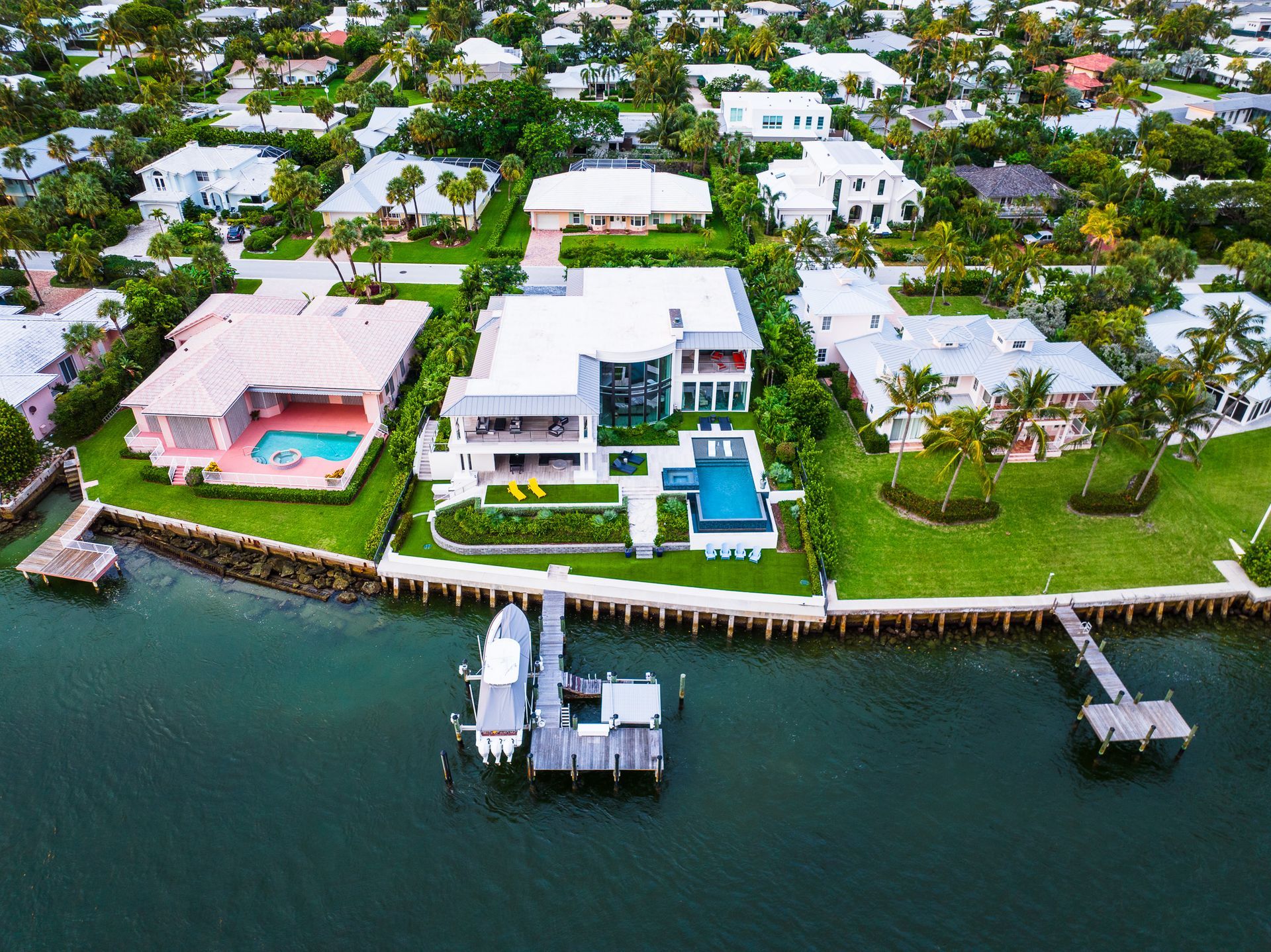Elevate Your Airbnb Marketing with Virtual Tours
The Power of Virtual Tours for Airbnb Marketing
How can you optimize your Airbnb listing to attract more guests?
Airbnb, the popular online marketplace for rental properties, has revolutionized the idea of the way people travel and experience new cultures. With its hassle-free booking process and wide range of unique accommodations, Airbnb quickly became a go-to platform for travelers seeking memorable experiences without the hassle of hotels. However, as the rental property market became increasingly competitive, hosts needed new strategies to stand out and attract potential guests. This is where virtual tours, a powerful marketing tool, entered the picture. By offering virtual tours, hosts can give potential guests a glimpse into the idea of Airbnb, allowing them to explore and visualize the unique accommodations and experiences they can expect when booking through the platform.
The Evolution of Airbnb Marketing
In its early days, Airbnb relied on traditional marketing strategies like simple listings with photos to showcase rental properties. However, as the company grew, so did the need for more immersive experiences for potential guests. This led Airbnb to explore new marketing avenues, such as virtual tours, to enhance its listings and provide users with a more comprehensive view of rental properties. By incorporating virtual tours into its marketing strategy, Airbnb could showcase the unique experiences customers have had using their platform. This approach aligns with Airbnb's content marketing strategy, where they focus on showcasing and selling the authentic experiences of their customers through blogs and video content. Airbnb's marketing mix, which includes social media, email marketing, word of mouth, referral program initiatives, and other marketing strategies aimed at growing the Airbnb brand, also encompasses virtual tours to enhance their rental property listings.
The Journey from Traditional Photos to Virtual Tours
The transition from traditional photos to virtual tours marked a significant shift in rental property marketing strategies. While photos offer a glimpse of a property, virtual tours provide potential guests with a 360-degree view of the space, allowing them to walk through and explore every room virtually. This new approach revolutionized rental marketing strategies, as hosts could showcase their properties in a way that photos alone couldn't capture.
Understanding the Impact of Virtual Tours on Airbnb Marketing
Virtual tours have profoundly impacted Airbnb marketing, enhancing the guest experience and boosting occupancy rates for hosts. By providing 360-degree views of rental properties, potential guests can get a more immersive feel for the space, helping them make more informed booking decisions.
Enhancing Guest Experience with 360-degree views
360-degree views through virtual tours have significantly improved the online marketplace for rental property listings. Guests can now explore rental properties from the comfort of their homes, getting a realistic sense of the space's layout, design, and overall ambiance. This immersive experience creates a stronger connection between potential guests and hosts, increasing the likelihood of bookings.
Boosting Occupancy Rates with Immersive Visuals
Immersive visuals, such as 360-degree views, have become critical to Airbnb's marketing mix. By showcasing rental properties through virtual tours, hosts can captivate potential guests and entice them to book their listings. This has proven to be an effective strategy, as hosts with virtual tours often experience higher occupancy rates than those without.
How to Create Compelling Virtual Tours for Your Airbnb Listing
Now that we understand the impact of virtual tours let's explore how hosts can create compelling tours for their Airbnb listings, ensuring they stand out in the marketplace.
Essential Equipment for Capturing High-Quality Images
Capturing high-quality images is essential when creating impactful virtual tours for rental property listings. Hosts should invest in quality equipment, such as a digital or 360-degree camera, tripod, and wide-angle lens, to achieve this. These tools will ensure that the images captured for the tour are clear, crisp, and visually appealing.
Leveraging Software for Seamless Tour Creation
Creating seamless virtual tours requires software to stitch together the captured images and create a cohesive tour experience. Various software options are available, ranging from simple online platforms to more advanced editing software. Hosts should explore these options and choose the one that best suits their needs and technical expertise.
Tips for Showcasing Distinctive Features of Your Listing
To make your virtual tour stand out, it's essential to showcase the distinctive features of your rental property. Whether it's a breathtaking view, unique architectural elements, or luxurious amenities, highlight these aspects in your tour. This will help potential guests visualize themselves in the space and make your listing more memorable.
Incorporating Virtual Tours into Your Overall Airbnb Marketing Strategy
Creating virtual tours is just the first step. To maximize their impact, hosts should incorporate them into their overall Airbnb marketing strategy, utilizing platforms like social media, search engines, and email marketing.
Integrating Virtual Tours with Social Media Promotions
Virtual tours can be shared across social media platforms, including YouTube channels, providing potential guests with a glimpse of the rental property and enticing them to click through to the listing. Hosts should leverage social media marketing strategies, such as posting tour snippets, creating engaging content, utilizing influencer marketing with travel bloggers, and sharing their vacation photos on their social media accounts to reach a wider audience and generate interest in their listings.
Enhancing SEO with Virtual Tours
Virtual tours can also enhance search engine optimization (SEO) efforts, improving website traffic and visibility in search results. Including virtual tours on the property website provides users with rich, interactive content, increasing user engagement and reducing bounce rates. Additionally, search engines prioritize websites with multimedia content, making virtual tours an effective way to improve SEO rankings.
Utilizing Virtual Tours in Email Marketing
Email marketing is another channel hosts can leverage to showcase their virtual tours. Including tour links in marketing emails allows hosts to provide potential guests with a personalized, immersive experience of the rental property. This can lead to higher click-through rates, increased brand awareness, and, ultimately, more bookings.
Success Stories: Airbnb Hosts Who Transformed Their Business with Virtual Tours
To truly understand the power of virtual tours, let's explore some success stories of Airbnb hosts who have successfully incorporated them into their marketing strategies.
Case Study 1: Turning Around Low Occupancy Rates
Host A, struggling with low occupancy rates, decided to invest in creating a virtual tour of their rental property in the first quarter. The tour allowed potential guests to experience the property online, resulting in increased bookings and a significant turnaround in business performance. By embracing virtual tours in the first quarter, Host A was able to capture the attention of new users, regain market competitiveness, and improve their rental property's travel credit.
Case Study 2: Attracting Premium Guests with Virtual Tours
Host B, targeting premium guests, recognized the potential of virtual tours in elevating the perceived value of their rental property. By showcasing the property's unique features, luxurious amenities, and stunning views, Host B attracted discerning guests seeking a premium rental experience. The virtual tour was pivotal in marketing the property, resulting in increased luxury rental inquiries, bookings, and business growth.
Challenges and Solutions in Implementing Virtual Tours for Airbnb Marketing
While virtual tours offer numerous benefits, hosts may encounter challenges when implementing them into their marketing strategies. Let's explore some of these challenges and potential solutions.
Overcoming Technical Difficulties
One of the main challenges hosts may face is ensuring the compatibility of virtual tour content across different devices. To overcome this, hosts should test their virtual tours on various platforms, such as desktop, mobile, and VR devices, to ensure a seamless user experience. Addressing technical difficulties early on will help hosts deliver a smooth tour experience to potential guests.
Dealing with the High Costs of Professional Rental Video Tours
Professional photography can be expensive, especially for hosts with multiple listings. However, hosts can explore websites like Airbnb News for tips and other resources. lore cost-effective virtual tour options, such as DIY tour creation or negotiating bulk tour creation services, to mitigate photography expenses. By weighing the long-term benefits of virtual tours against photography costs, hosts can make informed decisions that align with their marketing strategies.
Ensuring Regular Updates to Virtual Tours
To keep virtual tours relevant and engaging, hosts should regularly update them, reflecting any changes or improvements made to rental properties. This can include adding new amenities, showcasing renovations, and incorporating seasonal updates. Hosts can sustain guest interest, encourage repeat bookings, and maintain a competitive edge in the marketplace by ensuring regular tour updates.
Future Trends: What's Next After Virtual Tours?
As technology advances, virtual tours also evolve, paving the way for new marketing strategies and customer experiences. Let's explore some potential future trends in rental property marketing.
The Role of Virtual Reality in Airbnb Marketing
Virtual reality (VR) technology offers potential guests an even more immersive preview of rental properties. By donning a VR headset, users can virtually walk through rental properties, experiencing them as if they were physically there. VR has the potential to attract new users, create memorable experiences, and further enhance Airbnb's marketing strategies.
How Will Virtual Tours Shape the Future of Airbnb Marketing?
Virtual tours and potential advancements like VR will continue to shape the future of Airbnb marketing. By providing online rental property viewings, hosts can increase their customer base, attract new users, and showcase memorable experiences to target audiences. Social media platforms, search engines, and marketing materials will continue leveraging video content of virtual tours, aligning with Airbnb's immersive, visual content marketing mix.
Conclusion
In conclusion, incorporating virtual tours into your Airbnb marketing strategy can significantly enhance the guest experience and boost occupancy rates. By providing 360-degree views and immersive visuals, you can showcase the unique features of your listing and attract more potential guests. You can create high-quality virtual tours that captivate viewers using essential equipment and software. Integrating virtual tours with social media promotions, email marketing, and SEO strategies can further amplify your reach and visibility. Success stories from Airbnb hosts who have implemented virtual tours demonstrate the transformative power of this marketing tool. While technical difficulties and high costs may exist, the benefits outweigh the obstacles. The future of Airbnb marketing lies in virtual reality, which will continue to shape the industry. Embracing virtual tours is a game-changer for hosts who want to stay ahead in the competitive Airbnb market.
